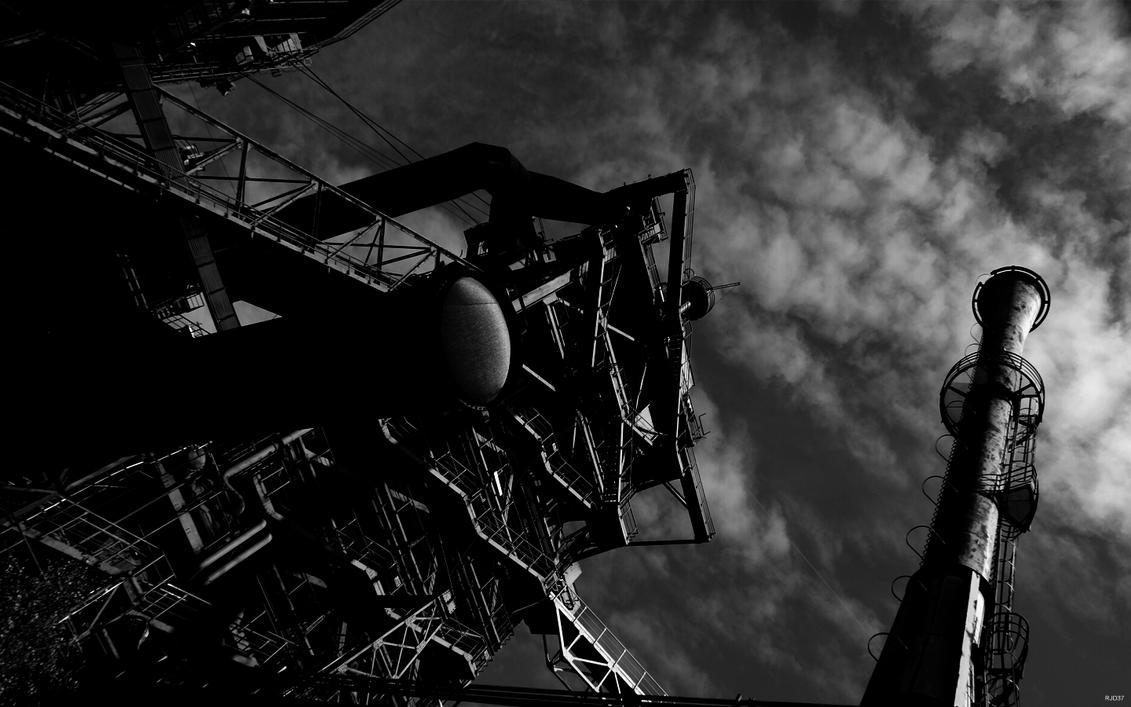[by Mark Safranski, a.k.a. “zen“]

Mikhail Grinberg tackles a topic too often neglected in defense thinking, one that obsessed commissars and worried kaisers, translating economic production into military power and geopolitical influence:
Defense Industrial Base: A Personal Theory of Power
….The Thirty Years’ War (1618-1648) changed the scale of conflict and the materiel required to conduct it. At last there were “large-scale profits to be made” from the “business of war”.[v] In Genoa, Hamburg, and Amsterdam centers comprised of weapons manufacturers emerged alongside merchants that specialized in capital, financing, and market access. A multinational arms industry was born that “cut across not just national, but confessional, and indeed military boundaries.”[vi]
Berlin based Splitgerber & Daum was one firm born from this system. Formed in 1712, its two proprietors began as commissioned agents. They raised capital to supply munitions first to local arsenals in Saxony and eventually the Prussian army itself. Their growth can be attributed to an early observation: that success in their business “could be achieved only within the framework of a strictly organized mercantilist economy.”[vii]Patriotism became a marketing tool.
By 1722, Splitgerber & Daum was manufacturing “gun barrels, swords, daggers, and bayonets” at Spandau and assembling guns at Potsdam.[viii]By mid-century it was a conglomerate. Frederick the Great, unlike his grandfather the “mercenary king,” was not an admirer of contractors. But after the Seven Years’ War ended in 1763 he guaranteed the company a “regular flow of government orders” as long as it remained loyal to Prussian interests.[ix] He understood that in order to “raise Prussia to the status of great power required the services of merchants, manufacturers, and bankers.”[x]
….World War II stretched this logic to its absolute; all state resources were translated into the machinery of war. In 1940 the US only built 2,900 bombers and fighters; by 1944 it built 74,000 on the back of industry. From 1941 until the war’s end 2,711 Liberty ships were built; welded together from 250,000 parts, which were manufactured all over the country. And from 1942 to 1946, 49,324 Sherman tanks were built by 11 separate companies such as Ford and American Locomotive?—?built by the “arsenal of democracy.”[xiv]
After the war, all countries began to balance national security objectives with resources via defense industrial base policies. A country’s industrial base capability could be measured as a combination of its scope (how many different cross-domain technologies it could develop), scale (at what quantity), and quality (battlefield performance).
Read the rest here.
Grinberg concludes his essay with very wise advice that I fear is doomed because it runs contrary to all present irrational defense acquisition incentives.


